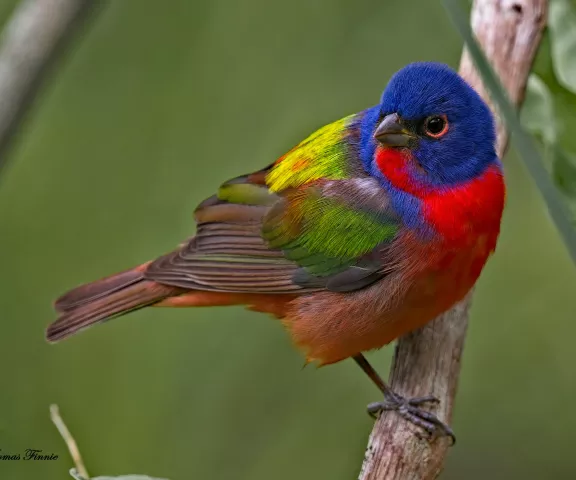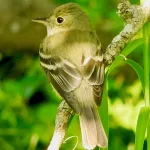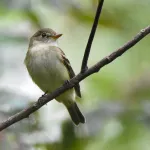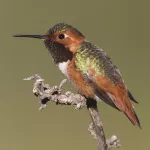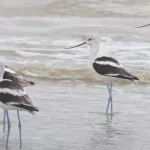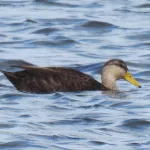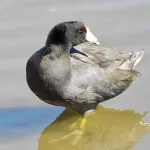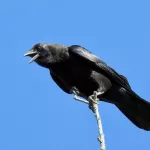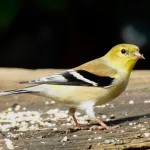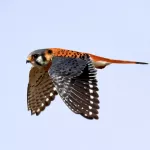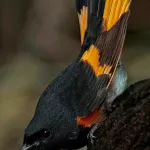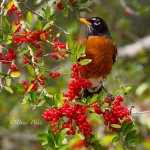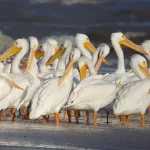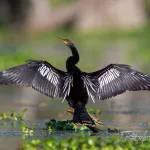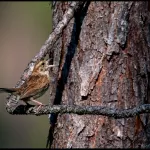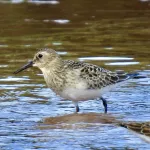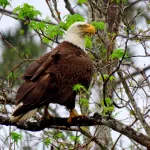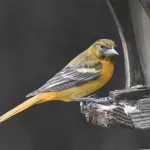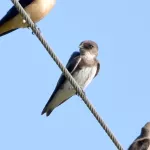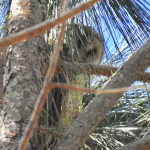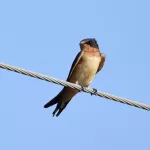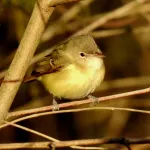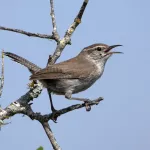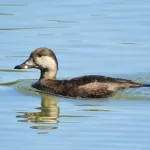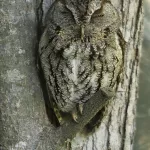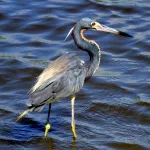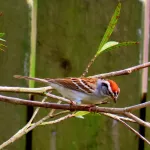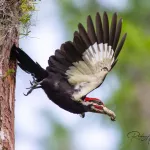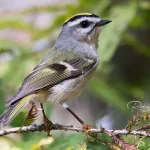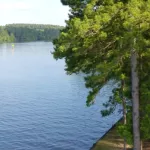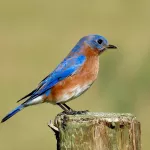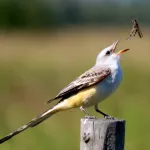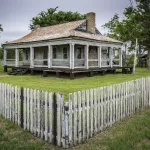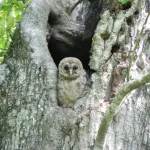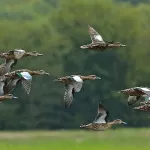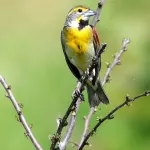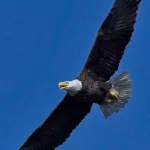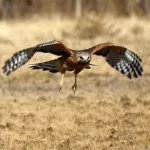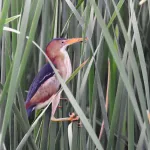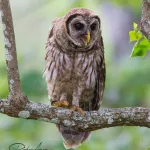About
View on MapTopographically, Northwest Louisiana differs from the remainder of the state because it sits directly upon a raised, shield-shaped geological landform laid down about 60 million years ago. As a result, the region rests on its own perch overlooking the remainder of the state.
With a different topography, it’s not surprising that this region hosts many plants and animals more closely associated with the southern Great Plains than the rest of Louisiana. After all, the southernmost edge of the Great Plains is located only a hop, skip, and a jump to the northwest along the Red River. This ecological difference becomes most evident during winter when the region routinely hosts southern Great Plains bird species such as Spotted Towhee, Harris's Sparrow, and Smith's Longspur.
Although there are several wooded regions accessible to birders throughout the state, the northwestern portion of Louisiana contains what may well be the best open country birding of all. The rolling grassy landscape between Shreveport-Bossier and the Lake Claiborne reservoir is a one-hour tour worth taking in either summer or winter. Field birds such as Horned Lark, American Pipit, longspurs, and sparrows are in good supply in winter. Lake Claiborne offers an outstanding observation area for waterbirds. From there, a quick drive south into Bienville parish brings intrepid naturalists to the trailhead at Driskill Mountain, Louisiana's highest point, to observe and record birds.
The Red River cuts diagonally across northwestern Louisiana's "Tertiary Shield," providing it with floodplain landscapes and associated habitats, including bottomland hardwood forests and pockets of cypress swamp. Migratory birds use the river and its lush riparian forests to guide, nourish, and protect them on their spring and fall journeys.
Most of the region's largest bird checklists come from the Red River Valley. Several lock and dam complexes are located along the stretch of the river between Shreveport-Bossier and Natchitoches, all offering outstanding birding. Along with the lock and dam system, the crown jewel of the region is the Red River National Wildlife Refuge, with several units around Shreveport and southward along this same 70-mile stretch of the river. For a truly bountiful birding day, consider starting at the Refuge Headquarters Unit in Shreveport and driving south along the river, combining stops at refuge units with stops at lock and dam locations.
